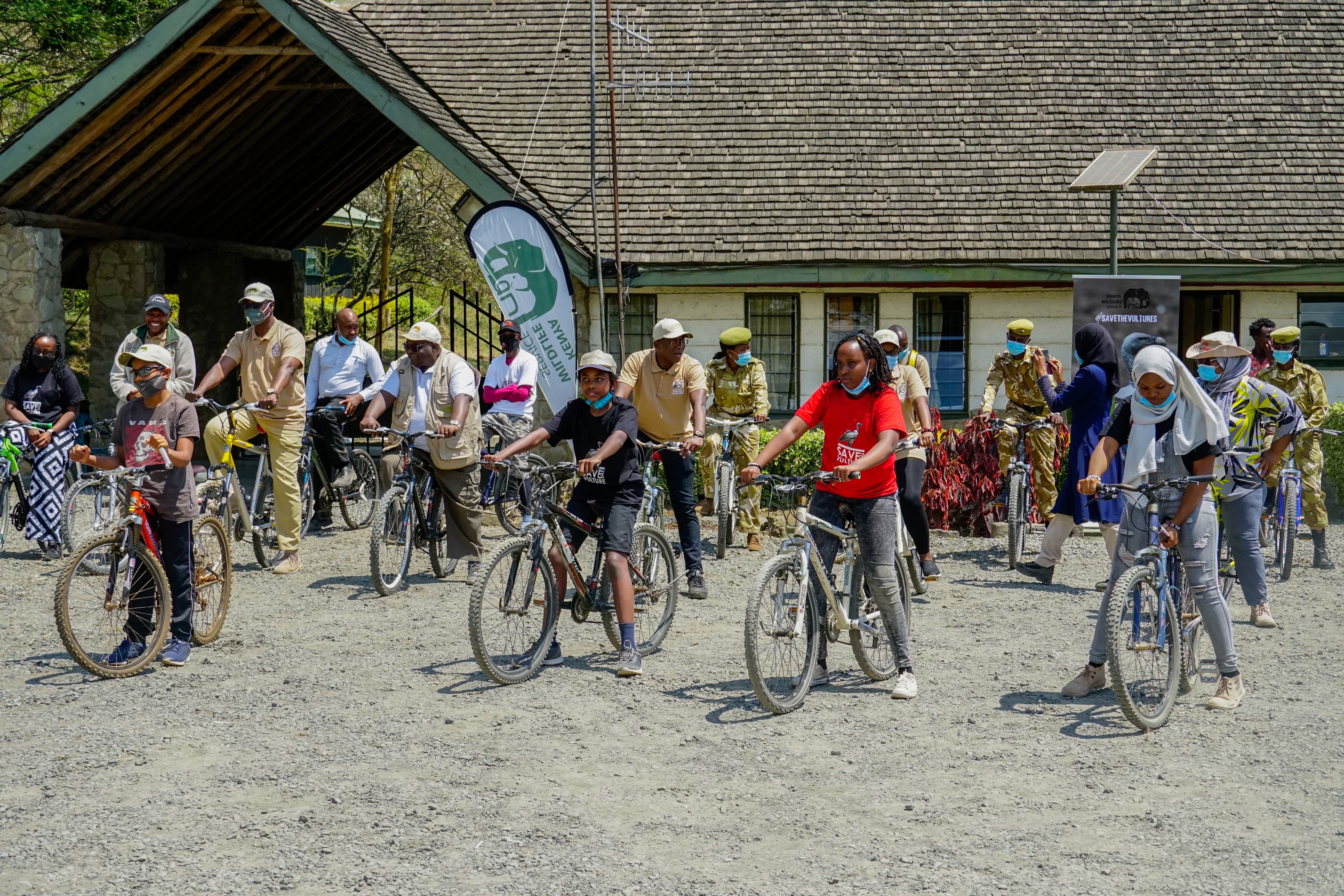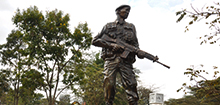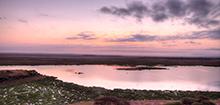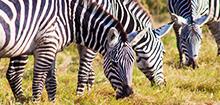
Date Published:
Principal Secretary in the State Department of Wildlife Prof. Fred Segor, led KWS, KTB and several conservation partners in commemorating the International Vulture Awareness Day, Saturday September 5, 2020, at Rupell’s Vultures’ Cliff in Hell’s Gate National Park.
Prof. Segor expressed his pleasure at being a part of the International Vulture Awareness Day, celebrated on the first Saturday of September, to create global awareness on the significance of vultures to the ecosystem. He explained that one of the breeding sites for vultures was Ruppell’s Vultures’ Cliff, hence the decision to hold the commemoration at this venue, while watching the vultures soar gracefully above the cliff. ”There are 15 species of vultures in Africa. Of the eight species in Kenya, four are Critically Endangered,” he said.
The PS said that vultures devour carcasses of animals before they decompose, thus keeping the environment clean by limiting the spread of deadly diseases to other wildlife and humans. He lamented the dwindling population numbers of these scavengers, attributing the majority of deaths (61%) to poisoning. 29% are killed because of traditional medicine, 9% by electrical infrastructure (power lines) and 1% for food.
Prof. Segor thanked KWS rangers, Nature Kenya, The Peregrine Fund, Ol Kului rangers and several others for being at the forefront of vulture conservation. He noted the upsurge in human wildlife conflict incidents, attributed to rising water levels in Lake Naivasha. This led to the displacement of hippos and buffaloes, forcing them to relocate nearer human settlements. He urged surrounding communities to exercise caution, especially at night, but reassured those present that KWS teams were doing everything possible to ensure that these animals harm no one else.
The PS encouraged all Kenyans to visit Hell’s Gate National Park to partake of the myriad activities – rock-climbing, cycling - on offer there.
KWS Director General Brig. (Rtd) John Waweru said that Hell’s Gate was a unique park whose landscapes attracted top movie producers in the past. He thanked KWS’ partners in bird conservation noting that collaboration was vital in conservation for the sake of biodiversity.
Challenges leading to declining vulture populations in Hell’s Gate include: food shortage, human activities such as geothermal work and unintended poisoning resulting from human-wildlife conflict. Afflicted pastoral communities poison the carcasses left after predator attacks, and vultures become collateral damage when they unintentionally eat the poisoned carcasses.
The PS led those in attendance to observe a rock-climbing demonstration, in which KWS Director of Strategy and Change Mr. Edwin Wanyonyi participated.
After the invigorating rock-climb, the event attendees all took part in a bicycle ride from Elsa Gate.
There are approximately 45-50 Ruppell’s vultures in Hell’s Gate, with fewer than 2,000 in the region, such as in the Ethiopian Highlands. Every morning at around nine a.m. the vultures fly to the Mara to scavenge for food, flying back to Hell’s Gate in the evening. Other vulture species found in Kenya are: White-backed; White-headed; Hooded; Egyptian; Lappet-faced; Bearded and Palm Nut vultures.
Other dignitaries who graced the function included PS Tourism, Safina Kwekwe; KWS Board chairperson, Betty Maitoyo; acting Director, Wildlife Research and Training Institute, Dr. Patrick Omondi; representatives from KTB, senior scientists from KWS and government, and ornithologist representatives from conservation bodies such as BirdLife International.





